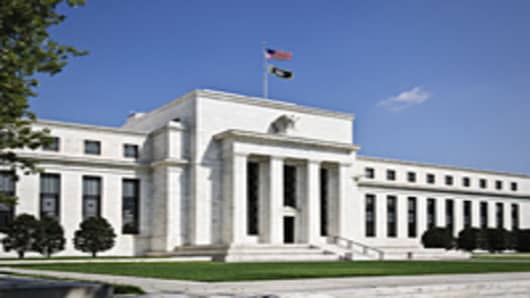A senior member of the Federal Reserve has warned that the US economy is in a “liquidity trap” and signaled support for more action to boost the recovery.
Charles Evans, president of the Chicago Fed, said that “in my opinion, much more policy accommodation is appropriate today” because “the US economy is best described as being in a bona fide liquidity trap”, a point where ultra-low interest rates and high savings rates conspire to make monetary policy ineffective.
Speaking in Boston on Saturday, he said the Fed should consider using a temporary target for the level of prices instead of the rate of inflation in order to drag the economy out the trap by convincing businesses and consumers to stop saving and start investing and spending.
Such a move would be in addition to a fresh asset purchase program, or quantitative easing, now under consideration.
“I think there are special circumstances when price-level targeting would be a helpful complement to our current and prospective strategies,” Mr Evans said.
A target for prices is one way the Fed could try to persuade the public that inflation will recover in future and thereby stimulate the economy.
But many Fed officials are not yet persuaded that a price level target makes sense. In an interview last week with the Financial Times, James Bullard, the president of the St Louis Fed, said he was “sympathetic” to the idea of a price level target but that “I don’t think we’re going to go in that direction any time soon”.
In the price targeting that Mr Evans described, the Fed would promise to generate enough extra inflation to make the price level the same as if prices had risen by 2 percent a year since December 2007, which was the peak of the last business cycle according to the National Bureau of Economic Research.
As soon as the Fed reached that goal it would abandon the price level target and go back to targeting inflation of about 2 percent a year.
The Fed has an implicit inflation goal of 2 percent but has never formalised it.
Ben Bernanke, Fed chairman, last week left open the option of using communication to promise that the Fed would keep interest rates lower for longer, but he did not refer to a price level target.


